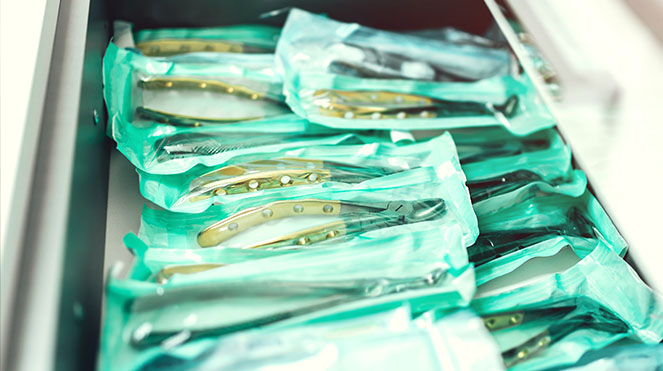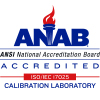
Autoclaves are valuable tools that benefit a wide range of industries. In healthcare settings, autoclaves protect patients by eliminating pathogens from tools and equipment. In the laboratory, autoclaves provide scientists with assurance that they have eliminated biological factors that may interfere with their results. In manufacturing facilities, autoclaves are used in a variety of innovative ways to create new products and materials such as aerated concrete.
When autoclaves don’t work properly, however, they’re not benefiting anybody. Here are some of the most common reasons that steam autoclave sterilization cycles fail:
Choosing the Wrong Cycle for Autoclave Contents
Nobody wants to hear that they’re the problem, but human error is at the root of many cases of sterilization failure.
While a steam autoclave can process a variety of different objects, not all materials can be sterilized in the same manner. For example, if you are sterilizing wrapped medical tools using your autoclave’s gravity cycle, sterilizing steam may not be reaching every part of your instruments.
If you experience a sterilization failure, begin by looking back at where you started and consider if you chose the correct cycle for the autoclave’s contents. You can learn more about which sterilization cycles are appropriate for different materials by checking out our “What Kind of Autoclave Cycle Do I Need for My Work?” post.
Inappropriate Packing or Loading
While some objects, such as large glassware, may go into the autoclave completely uncovered, many smaller objects must be packed or wrapped prior to sterilization. Wrapping ensures that sterilizing steam reaches all materials in an even manner.
When a packet of materials is not wrapped correctly, though, it may interfere with your autoclave’s ability to sterilize. This is another example of how human error may be interfering with your sterilization cycle.
Additionally, when loading the autoclave chamber, technicians should place materials based on the equipment manufacturer’s guidance. If your autoclave is not loaded the way the manufacturer intended, it may not work properly.
Proper wrapping and loading protocols should be part of training for medical and dental assistants, sterilization engineers, laboratory technicians or any other professionals who may be responsible for preparing materials to be placed into an autoclave.
Poor Steam Quality
If you’re seeing wet packets and materials after a sterilization cycle, your autoclave may be suffering from poor steam quality.
Low steam quality can be created by a variety of factors. If the “weight” (water content) of the steam is outside of desired parameters, it may interfere with the autoclave’s ability to function as designed. Superheated steam – steam heated above the point at which all liquid has vaporized – is also considered low quality for sterilization.
To understand your steam production, it’s important to have a clear picture of both temperature and pressure within the autoclave chamber. Measurement devices, such as data loggers, are useful in creating these profiles.
Vacuum Failure
If you’re sterilizing small, porous or irregularly-shaped materials, you need to be using a vacuum sterilization cycle. In a vacuum cycle, all air is forcibly removed from the autoclave during preconditioning. This allows sterilizing steam to reach every nook and cranny of your contents.
If your autoclave is not able to create adequate vacuum conditions, your sterilization cycle will fail. The most straightforward way to learn if you have a vacuum failure is to use a Bowie-Dick test. The Bowie-Dick test is a specialized test sheet that uses steam and air barriers to validate that your autoclave is producing the proper vacuum environment for steam production and sterilization.
To learn more about how the Bowie-Dick test is beneficial to autoclave owners, download a free copy of our Autoclave Validation Guide!
Inadequate Temperatures
Steam sterilization simply doesn’t work without high temperatures. The specific temperature at which you will be sterilizing will depend on a variety of factors such as the materials you’re sterilizing, the nature of your work and good manufacturing or laboratory practices.
Temperatures within the autoclave can be double-checked or validated using a temperature data logger or similar device. If your autoclave isn’t reaching 100 °C, it can’t produce steam at all! If it’s not reaching 121 °C, it isn’t reaching the threshold required for sterilization.
Create a study of autoclave temperatures throughout your sterilization cycle to determine if you’re reaching adequate conditions for sterilization.
Whether it’s human error or equipment malfunction, sterilization failures can cost businesses and laboratories valuable time and money. To keep this from happening to you, make sure you have an autoclave validation plan in place and train any autoclave users in proper preparation and use of the device.
To learn more, download the free guide!






